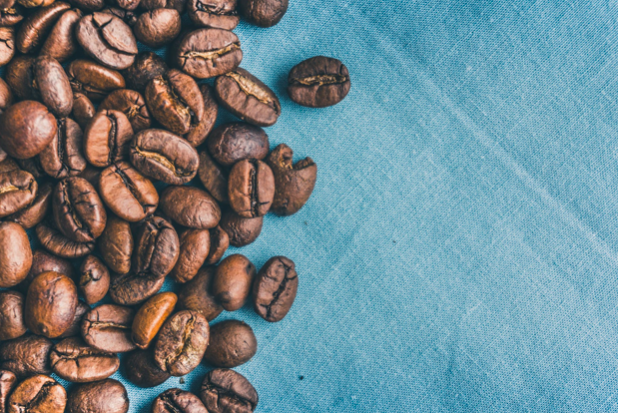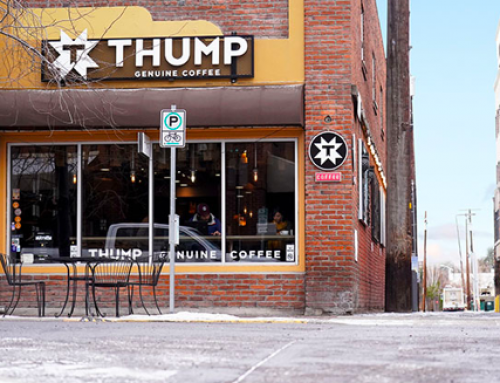No amount of tools and mix can compensate for a poor quality coffee bean. The perfect one doesn’t need a lot of complicated processing to give you the right flavor and aroma that will get you hooked. Today, the wide range of coffee beans can make your head spin when choosing for your enjoyment at home or for a coffee shop.

Discover the perfect bean for your coffee business.
Here are details on what to consider when looking for the perfect coffee beans:
1. Region of Origin and Variety
Coffee often reflects its taste from its origins. This takes into account the species of the coffee plant along with its geographical source. The soil composition, elevation, and methods of farming all affect its characteristic which often gives it its distinct taste.
Good coffee roasters can tell you about the specific crop of beans they’re selling. This will be more informative than the usual generalizations about its location of origin and its variety. Roasters who know their coffee will be able to genuinely offer exotic coffee beans from a single-origin bean with delightfully exciting flavors. If you’re fond of artisanal coffee getting to know about it, beforehand would make the experience more compelling.
There are generally two types of coffee beans: Arabica and Robusta. The latter is commonly used by farmers since they’re easy to grow and relatively more immune to diseases. You’ll find that commercial coffee blends are mostly Robusta. The flavor is harsher and has higher caffeine content. Arabica, on the other hand, requires high elevation to grow, but it has a “soft” taste and is popular among artisans.
Here are some of the most popular general types of coffee bean based on its origin:
-
- Central American – These coffee beans are a tad acidic, but well-balanced and a tinge fruity. Most Americans source their coffee from these places, so it’s quite famous in the region.
- Brazilian – Often has a chocolatey flavor, this coffee bean is usually used in dark roasts. You will find a lot of these in the supermarket and espresso blends.
- Ethiopia – Considered the source of coffee plants the beans here are luscious with a strong blueberry and strawberry flavor.
- Hawaiian – These coffees are known for their soft and flowery scent and taste.
- Indonesian – They often have an earthy and dark flavor with an aftertaste evocative of natural cocoa.
2. Single-Origin or Blended
This is really a contested area of whether one is better than the other, the best answer will always be it depends on your tastes. But this is how they differ: single-origin coffee beans originate from one geographic location like a farm. While blended is made up of the chosen beans from different sources to create its own complexity and taste.
Single-origin will allow you to taste the unique flavor of a specific region. Mainly taken without milk, you will be able to experience the nuances of the flavor without anything to mask it. Blended coffee is made to increase its body, sweetness, or just to add a different flavor to other single-origin beans. If you prefer to take your coffee with milk then you’re more likely to prefer blended.
3. Taste and Aroma
When you sample a variety of coffee, you’ll be able to understand its taste if you know the terms used to describe its taste and scent. Determining the parts of the flavor will help you find your favorites, and your knowledge will broaden as you explore different coffees.
Acidity
This refers to the sharpness of the coffee that you feel at the tip of your tongue. You often hear it referred to as the “brightness” of the coffee. Those with low acidity are often considered as mellow.
Body
This describes the density of the coffee as it enters your mouth. Full-bodied coffee feels like drinking full-cream milk while the lighter side reminds you of drinking water or skim milk.
Aroma
The coffee aroma entails determining more than what we can taste through our tongue. The qualities you’ll find are usually: smoky, flowery, earthy, fruity, or various berries or nuts.
Roast
This refers to the amount of time spent on heating the beans. This usually plays a big part in the overall taste of the coffee.
Balance
Balance refers to the overall mix of the various factors mentioned. Good coffee has a great balance between its acidity and mellowness. The aroma also has to have the right mix of the flavor, so that one flavor won’t overpower the taste, which could undermine the entire experience.
Finish
“Finish” is a term borrowed from when you taste wine and it refers to the flavor it leaves when you’ve swallowed in the coffee. It could have a chocolatey finish or a fruity aftertaste.
4. Roasting
The proficiency of how the coffee bean is roasted greatly affects the flavor and the experience you’ll have with your cup. The following are the different types of roasts that you’ll normally have for your coffee:
Light
Light Roast is used to get a mild flavor, which could almost be likened to wheat. The roasted bean is light in color and without sheen from oil.
Medium
Also referred to as the “American roast” because of its favored strong taste. It is the most commonly used roast for coffee beans you’ll find in the supermarket. There is still no visibility of oil and the bean is medium brown.
Medium-Dark
This is darker than the medium roast and has a richer aftertaste. The beans will look shiny because of the oils.
Dark
These dark roasted beans will have some bitterness, but less acidic. They’re mainly used for espressos.
5. Production
One way to choose the perfect coffee bean is to know how they were processed and handled. Coffee beans also come with defective ones, those that look broken, taste sour, or just the wrong size. There is a coffee grading system that pertains to the allowed percentage of defective beans. European-grade beans allow for only 2 percent of defective beans, which makes them more expensive.
There are also certifications of how the coffee beans were treated and each label is an indicator of the quality of the bean and its production. Organic, shade-grown, sustainable, and fair-trade are some of its certifications.
Freshness is also something you’ll have to consider when choosing your coffee bean. Make sure to note on the roasting date as quality quickly deteriorates after that. Or you can go directly to the roaster who knows when they roasted a particular batch.
Whether it’s for your loved ones or improving your coffee menu, it is important to know these details when making your decision. The key takeaway here is you need to start looking at the information given by the producers and pick out the characteristics that are commonly suited to your palate. This will help you choose the right type for you when faced with a broad selection of coffee beans. Or you can use that information to try new things to open yourself to a new world of flavors.




